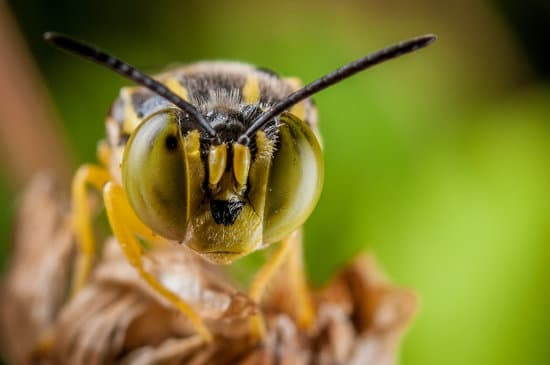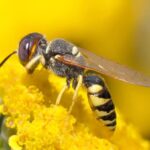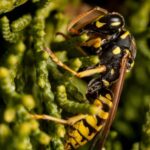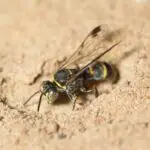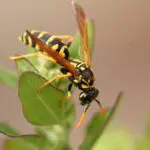How Good Is Wasp Sting Treatment?
During childhood, bug bites are often considered a rite of passage. While most of us are not allergic to bee or wasp stings, there are some cases of serious allergic reactions that require immediate medical attention.
A bee or wasp sting can be painful and can cause swelling. Swelling at the sting site can last for hours, days, or even weeks. This can make it hard for the victim to move or breath.
There are a few ways to reduce the pain and swelling after a wasp sting. One option is to use a cold pack or tea bag. You can also apply antihistamine drugs to reduce itching and swelling. These medications can have side effects, so be sure to check with a doctor before taking them.
Other treatments for a bee or wasp sting include applying calamine lotion, hydrocortisone cream, or baking soda. Applying colloidal oatmeal can also be effective.
The most serious reactions to a wasp or bee sting involve anaphylaxis. Anaphylaxis is a life-threatening allergic reaction that involves the entire body. The body responds to the venom by producing an inflammatory response, which includes the release of histamine, catecholamines, and acetylcholine. The histamine helps increase capillary permeability, and the catecholamines increase the heart rate and enhance the circulation of venom.
Anaphylaxis is life-threatening, and requires immediate emergency medical care. A severe allergic reaction can cause breathing difficulties, abdominal cramps, hives, or a rash. It may also result in kidney failure.
